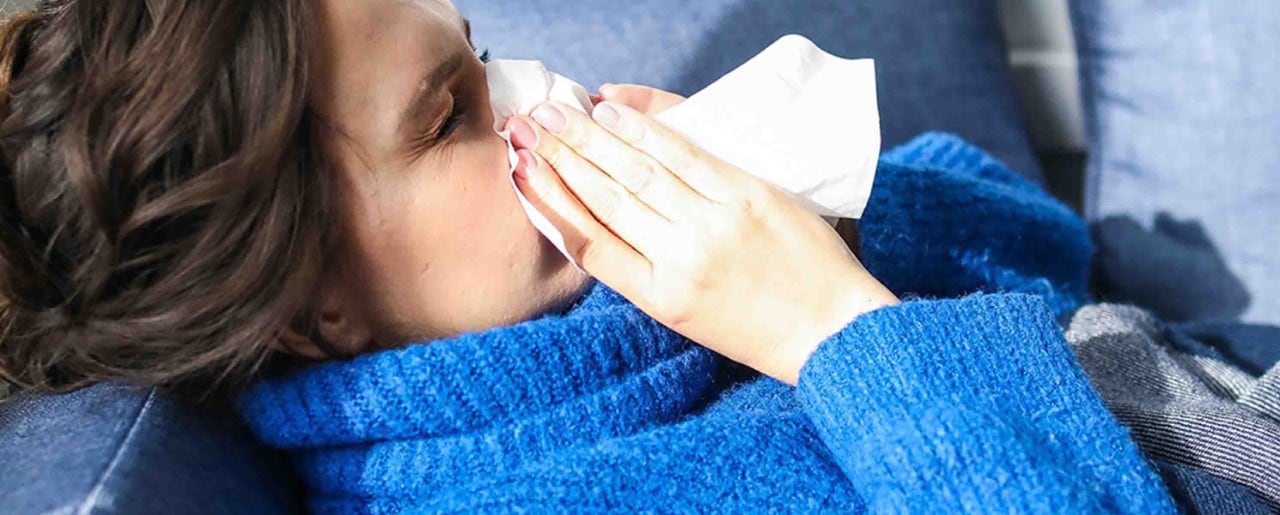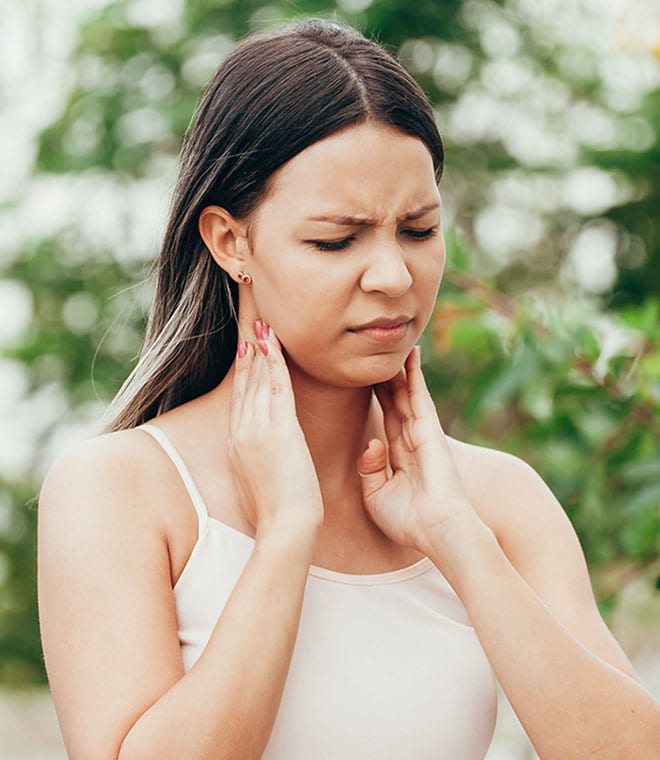Health
What causes winter allergies?
By Sanjay “Jay” Patel, DO | Allergy & Immunology Aug 21, 2024 • 4 min
In addition to immunotherapy and medication, reducing your exposure to allergens is an important part of managing allergies in any season, including winter. Because the causes of winter allergies often differ from those associated with other seasons, the first step toward managing symptoms is recognizing potential triggers.
Can you get allergies in the winter?
Yes, you can get allergies in the winter. Different types of allergens occur in the environment year-round.
Allergy symptoms arise when your body mistakes harmless proteins known as allergens for harmful substances. When you come in contact with an allergen you’re sensitive to, your body launches an immune response to protect itself. The chemicals released during this process are responsible for allergy symptoms.
What are winter allergy symptoms?
Symptoms of winter allergies are similar to those experienced during other times of the year. They include:
- Sneezing
- Nasal congestion
- Runny nose
- Postnasal drip, which can cause a sore or scratchy throat
- Itching of the nose and throat
- Itchy, watery eyes
- Coughing
What are common triggers for winter seasonal allergies?
During other times of the year, pollen from plants, like trees, grasses and weeds, is often a leading trigger for allergies. Winter allergies may depend on where you live and what allergens may be in the air in that region. In most areas, winter allergies can include:
- Dust mites
- Dander, urine and saliva from dogs, cats and other pets
- Cockroaches
- Mold
All of these allergens exist indoors. If you’re allergic to any of these allergens, you’re likely exposed to them year-round. However, you may only notice symptoms during winter when you may spend more time inside.
Some areas of the country also experience outdoor allergies during the winter. For example, mountain cedar trees start pollinating in December, and some types of mold species can produce spores year-round.
Talk to your healthcare provider to determine what’s causing your winter allergy symptoms. They can order tests, such as skin and blood work, to determine which specific allergens affect you during the winter and other seasons. You might also consider following a local pollen calendar, which can help predict which outdoor pollens or molds are problematic for you during the winter months. Once you know what you’re allergic to, you can take steps to reduce your exposure, such as:
- Lowering the humidity levels in your home to reduce mold growth and dust mite prevalence.
- Hiring pest control technicians and/or removing open food sources to identify and address cockroach infestations
- Vacuuming and wet dusting your home regularly
- Installing a HEPA air cleaner to remove dust mites and other allergens
- Keeping pets out of your bedroom
Your healthcare provider can help you identify the causes of your winter allergies and develop a treatment plan to control your symptoms.
Updated August 2024.
Sources:
- https://www.aaaai.org/tools-for-the-public/allergy,-asthma-immunology-glossary/allergy-defined
- https://www.aaaai.org/tools-for-the-public/conditions-library/asthma/allergies,-asthma-and-winter-holidays
- https://www.health.harvard.edu/staying-healthy/how-can-i-reduce-symptoms-from-my-winter-allergies
- https://med.umn.edu/news/talking-fall-and-winter-allergies-u-m
- https://www.chop.edu/news/health-tip/seasonal-allergies-keeping-symptoms-check
- ttps://healthcare.utah.edu/the-scope/health-library/all/2015/01/what-causes-winter-allergies
- https://www.uchicagomedicine.org/forefront/health-and-wellness-articles/2023/september/its-allergy-season-again-qa-with-allergist-steve-handoyo
- https://acaai.org/news/do-you-have-the-winter-sniffles-5-ways-you-can-manage-indoor-winter-allergies/
- https://www.columbiadoctors.org/news/yes-you-can-have-allergies-winter
- https://health.clevelandclinic.org/winter-allergies
- https://www.lung.org/clean-air/indoor-air/indoor-air-pollutants/dust-mites
- https://my.clevelandclinic.org/health/diseases/25120-cedar-fever




